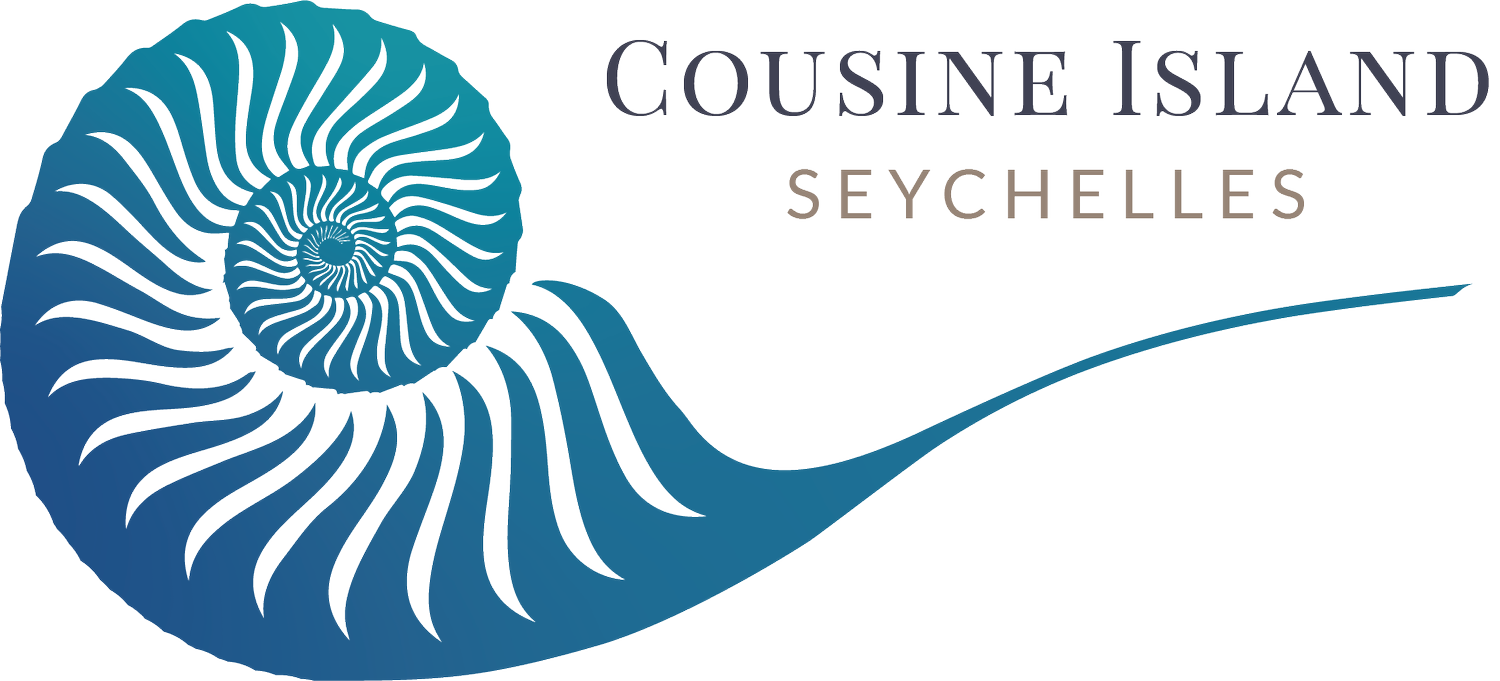Red-Legged Golden-Orb Web Spider
The red-legged golden orb-weaver spider, Nephila inaurata, more commonly known as the palm spider in the Seychelles, is a large spider belonging to the golden orb-weaver spider family, found in southern and east Africa, as well as several islands of the Indian Ocean.
Known for their quick growth rates, females mature in roughly four months and can be as large as a human hand with a leg span of approximately 100 mm. Adult males are much smaller (leg span of 25-30 mm) and have very little colour in comparison to the large females. Known as a generalist species, this spider is able to build its web anchored to any surface, with a web so strong that even birds and bats can be caught. The golden silk orb-weaver is named for the yellow colour of the spider silk used to construct these webs. Yellow threads of their web shine like gold in sunlight.
Their large webs are commonly found in areas not frequented by people or animals, where they cover the greatest surface area possible. Any insects, including flies, mosquitoes, moths, wasps and/or beetles, that become trapped in the web become prey for this species. In the 1800’s, the sheer size and strength of the web of the golden orb-weaver spider drew much attention and there was an attempt to turn spider silk into an industry.
Today there is only one hand-embroidered large textile made purely out of spider silk, and it took three years and 1.2 million golden orb-weaver spiders collected in Madagascar to make it. Fortunately, for the spider’s sake, the industry never took off.

